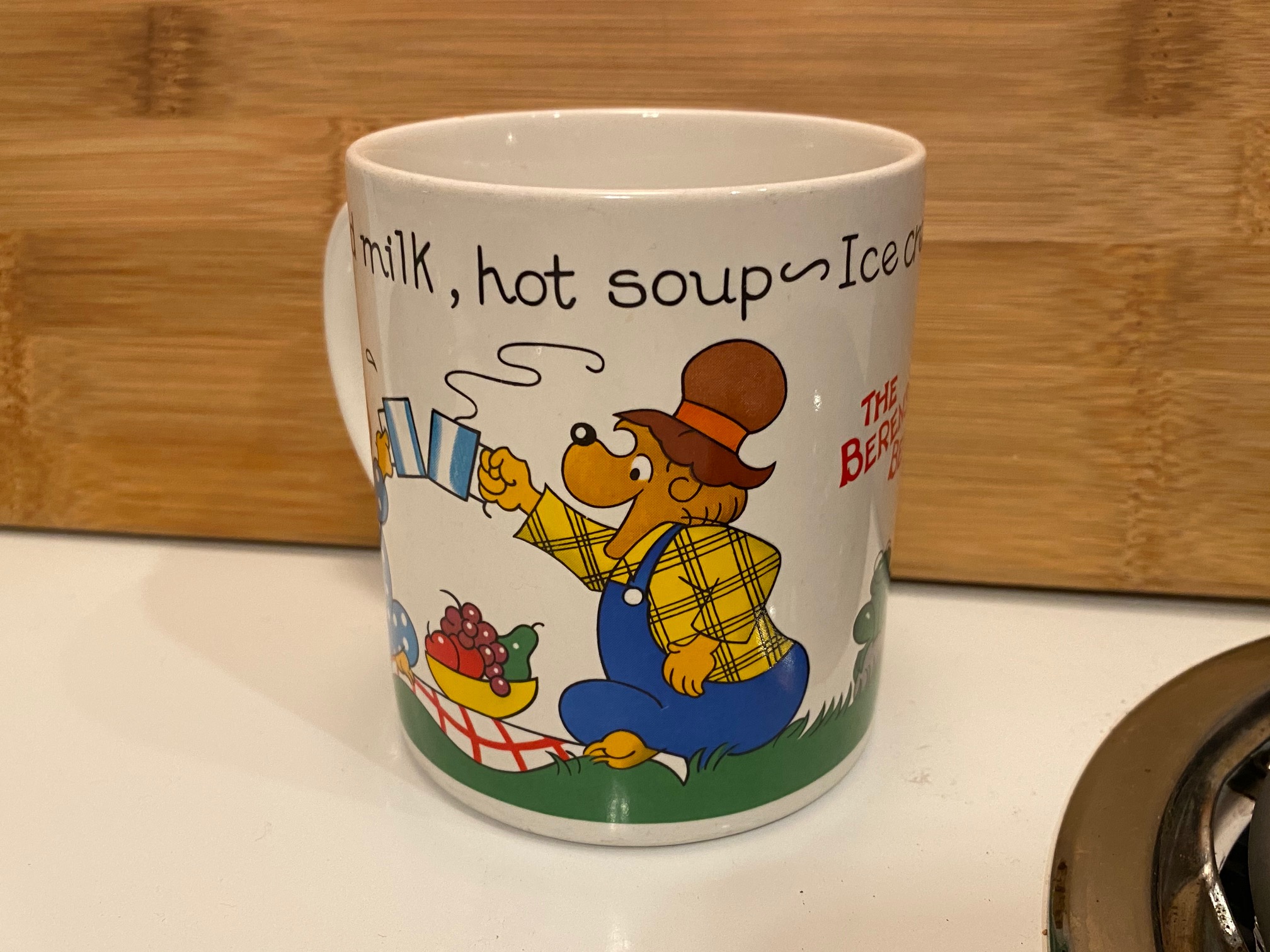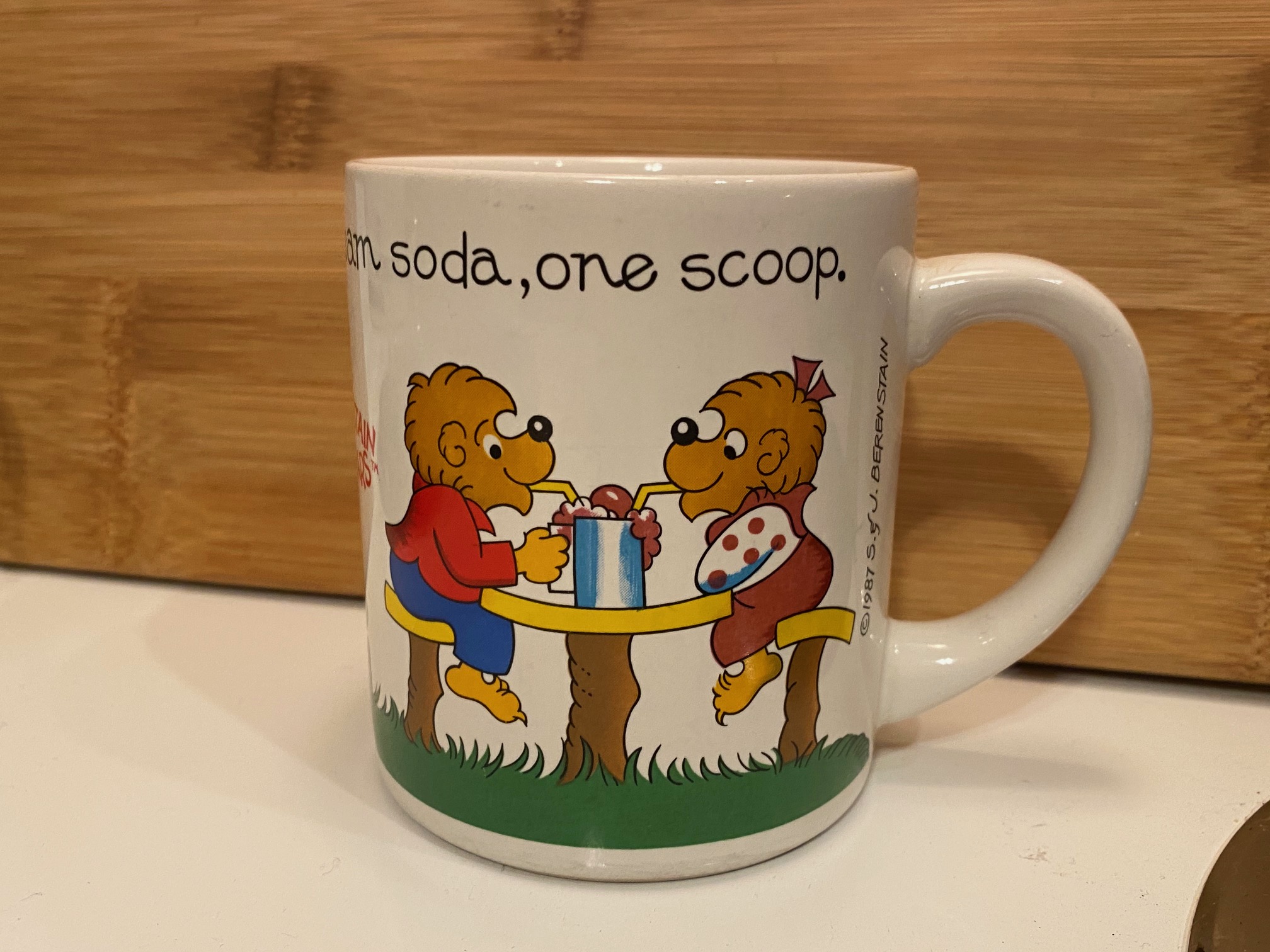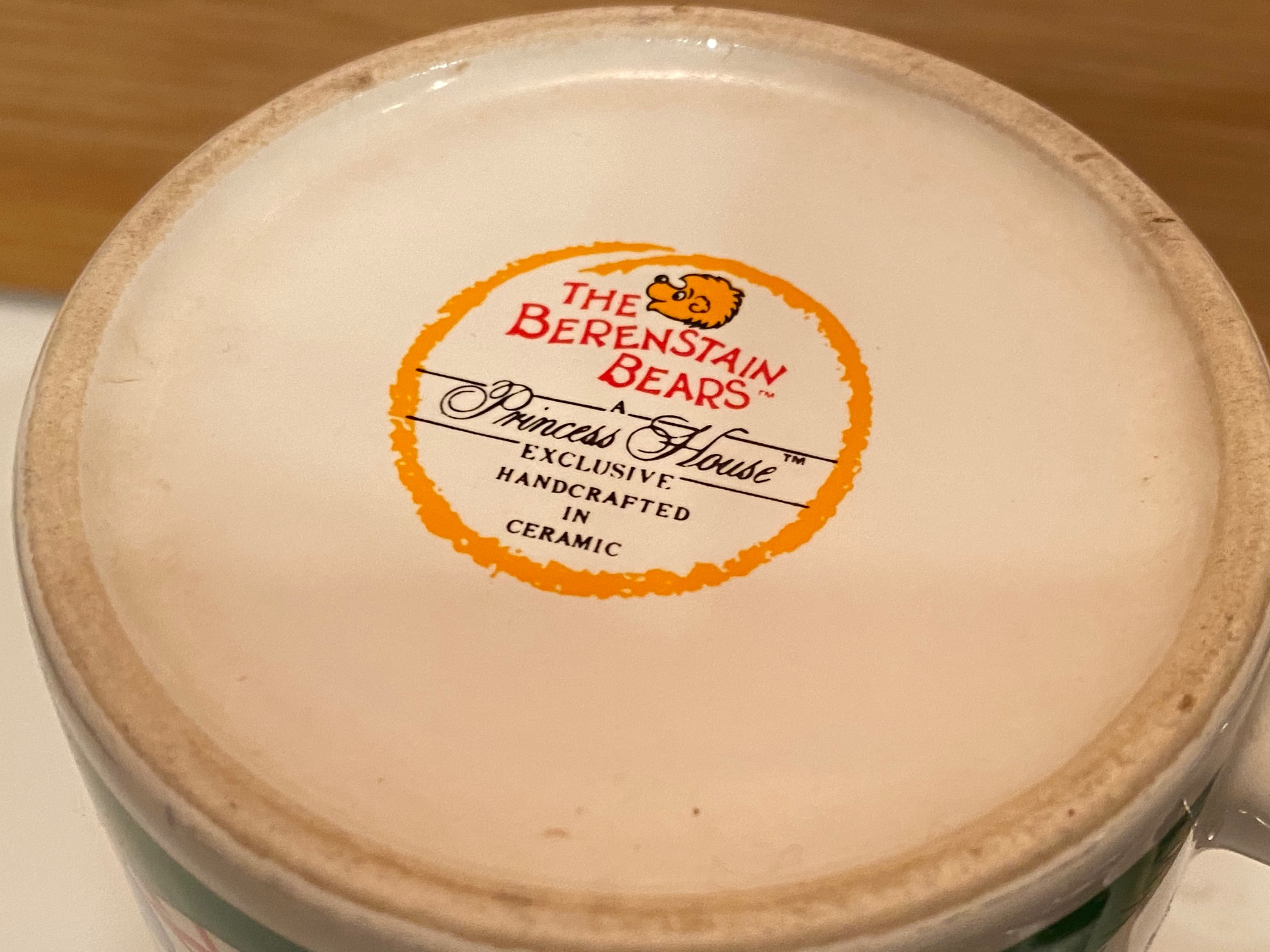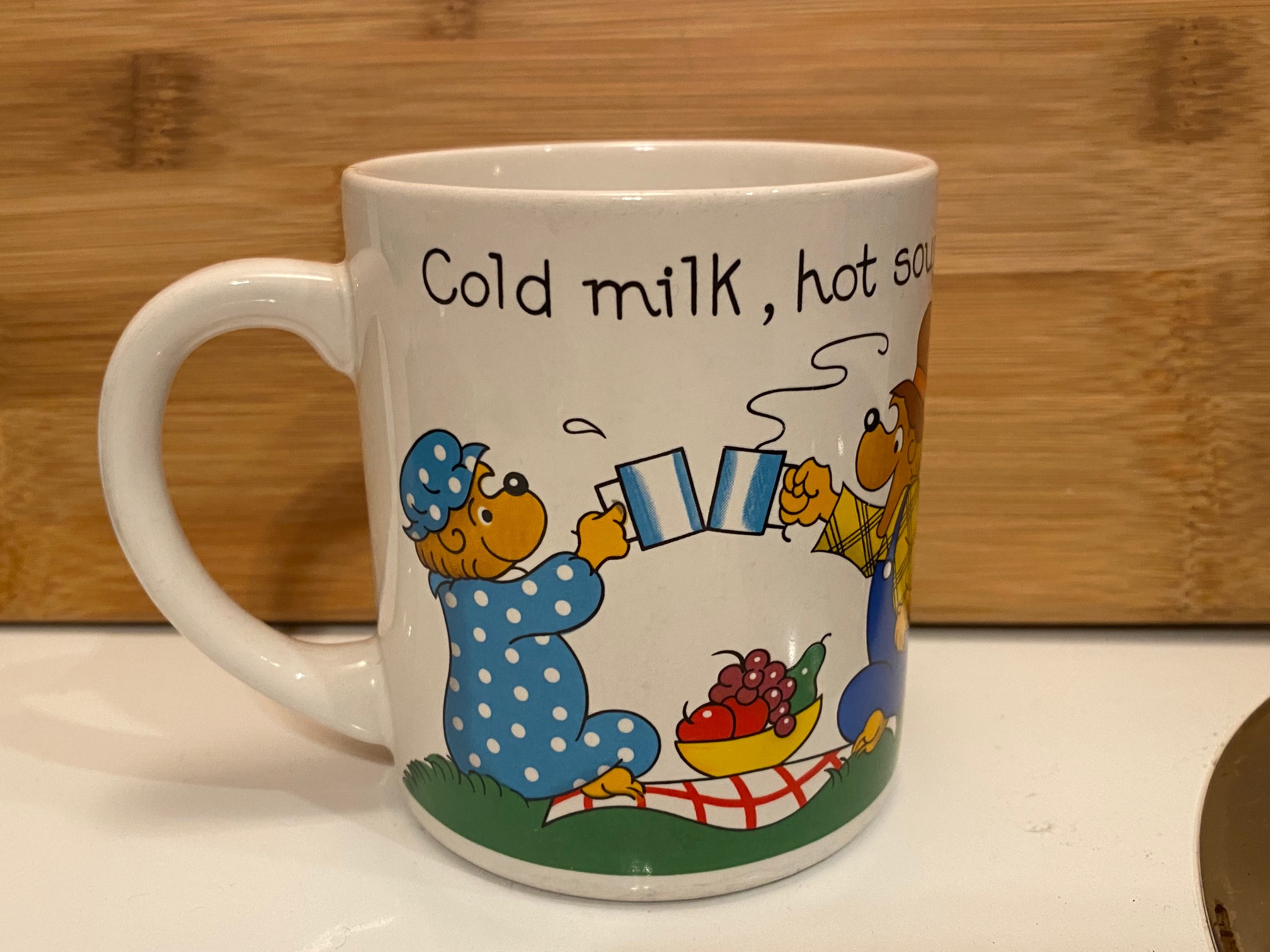Berenstain Bears 1987 Princess House Mug: 22,000 ppm Lead. 90 ppm (& up) is unsafe for kids. Kids don’t use mugs, right?
How much Lead is “too much” Lead?
…including some “Fun Facts”:
- Newly-manufactured items (made today) are considered unsafe for children to use if they are finished with any paint or coating that is 90 ppm Lead or higher.
- Substrates that test positive for 100 ppm Lead (or higher) are considered unsafe for children.
- There is currently no regulatory standard setting limits for Lead in paint on modern consumer goods intended for use by adults.
- Mugs are generally not considered to be “items intended fr use by children” and, as such, new mugs manufactured today may still be made with high-Lead decorative coating.
- When Lead-based paint was banned in 1978, the requirement was that paint for residential use applications only (paint for houses, applied in areas that could be reached by children) must henceforth contain less than 600 ppm Lead.
- The allowable level of Lead in house paint was subsequently lowered, and today modern house paint must also be below 90 ppm Lead [and most house paints now usually test completely negative for Lead].
- Federal funds are currently allocated for interventions in pre-1978 housing (for low income families) when the paint is positive for Lead at a level of one milligram per square centimeter [this is roughly equivalent to a high-precision XRF instrument reading of 5,000 ppm Lead].
- The mug pictured here has Lead paint with levels of Lead that far exceed (exceed by more than 300 %) the standards above under which the feds would consider it unsafe in housing (if it were house paint – and not paint on a mug.)
- Because it is a mug, and because mugs are not intended for use by kids, and because it was made in 1987 – it is considered perfectly legal and safe.
The question that comes up for me, taking into account everything noted above: Do you still think you should drink from a mug like this?
Exact full XRF test results for the mug pictured here.
With XRF focused on the green grass
- Lead (Pb): 22,000 +/- 700 ppm
- Barium (Ba): 1,750 +/- 111 ppm
- Chromium (Cr): 4,229 +/- 424 ppm
- Antimony (Sb): 484 +/- 37 ppm
- Zirconium (Zr): 16,900 +/- 600 ppm
- Platinum (Pt): 664 +/- 144 ppm
- Zinc (Zn): 10,700 +/- 400 ppm
- Copper (Cu): 220 +/- 52 ppm
- Cobalt (Co): 1,556 +/- 169 ppm
- Iron (Fe): 2,583 +/- 261 ppm
- Titanium (Ti): 833 +/- 256 ppm
With XRF focused on the brown tree stumps
- Lead (Pb): 14,700 +/- 500 ppm
- Cadmium (Cd): 52 +/- 11
- Barium (Ba): 1,820 +/- 111 ppm
- Chromium (Cr): 5,540 +/- 497 ppm
- Zirconium (Zr): 18,900 +/- 600 ppm
- Platinum (Pt): 450 +/- 133 ppm
- Zinc (Zn): 14,100 +/- 500 ppm
- Copper (Cu): 287 +/- 55 ppm
- Cobalt (Co): 483 +/- 137 ppm
- Iron (Fe): 5,696 +/- 379 ppm
- Vanadium (V): 3,743 +/- 382 ppm
- Titanium (Ti): 2,430 +/- 378 ppm
With XRF focused on the red shirt
- Lead (Pb): 8,131 +/- 270 ppm
- Cadmium (Cd): 1,294 +/- 64
- Barium (Ba): 1,626 +/- 100 ppm
- Chromium (Cr): 679 +/- 242 ppm
- Selenium (Se): 312 +/- 42 ppm
- Zirconium (Zr): 18,200 +/- 600 ppm
- Platinum (Pt): 424 +/- 113 ppm
- Zinc (Zn): 10,500 +/- 300 ppm
- Copper (Cu): 301 +/- 55 ppm
- Iron (Fe): 1,384 +/- 214 ppm
- Vanadium (V): 828 +/- 215 ppm
- Titanium (Ti): 1,642 +/- 347 ppm
With XRF on the plain white (undecorated) surface of the mug
- Barium (Ba): 1,969 +/- 114 ppm
- Zirconium (Zr): 23,800 +/- 800 ppm
- Platinum (Pt): 353 +/- 102 ppm
- Zinc (Zn): 13,600 +/- 400 ppm
- Copper (Cu): 482 +/- 64 ppm
- Iron (Fe): 1,144 +/- 211 ppm
- Vanadium (V): 2,256 +/- 323 ppm
- Titanium (Ti): 4,636 +/- 544 ppm
Some additional reading for those interested in this post:
- More mugs I have tested.
- Lead-free mugs I have tested.
- My guidance for choosing Lead-free mugs.
- More information about the type of testing I do and report on this site.
- More Princess House items I have tested.
As always, thank you for reading and for sharing my posts. Please let me know if you have any questions and I will do my best to answer them personally as soon as I have a moment.
Tamara Rubin
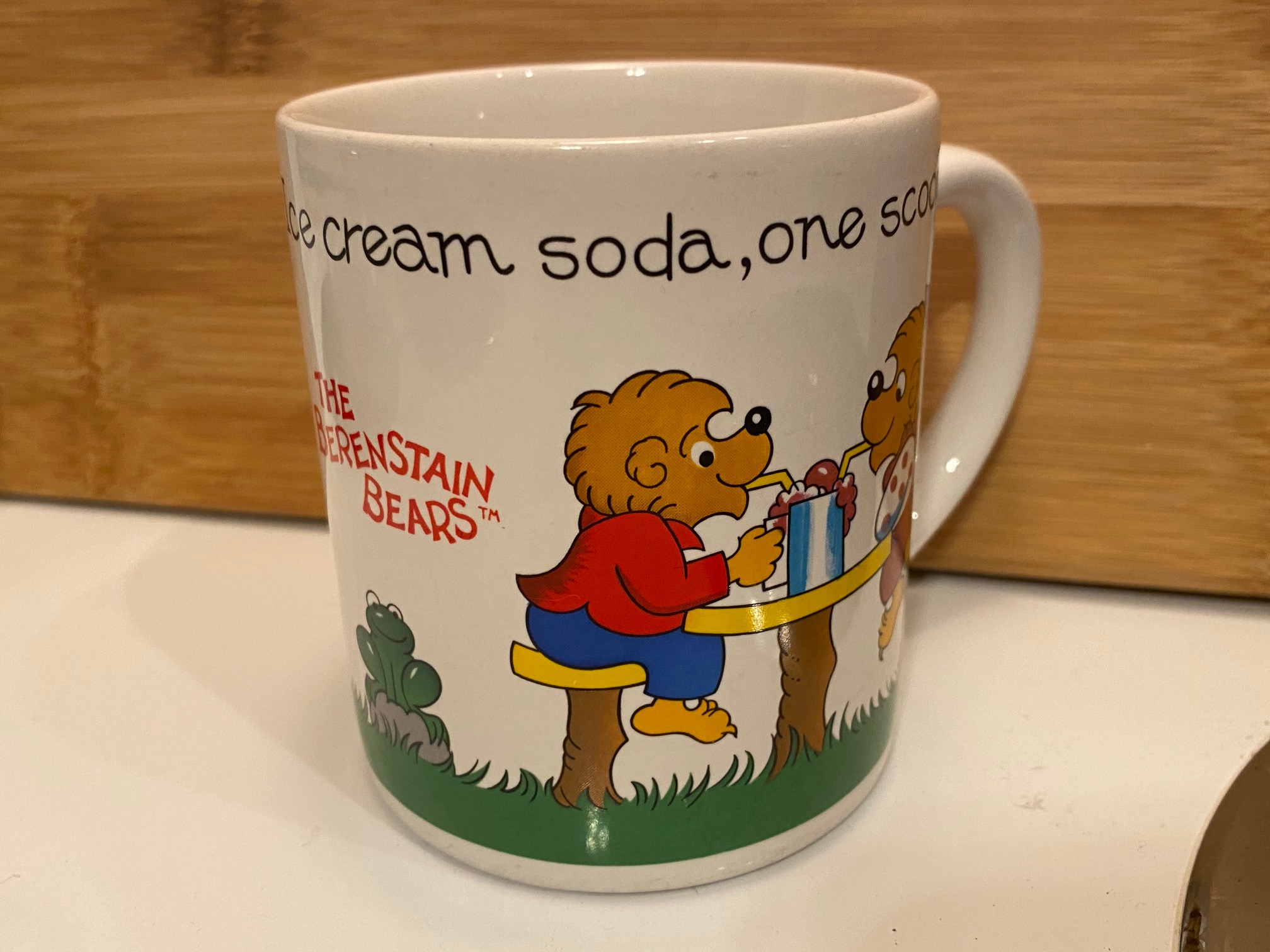
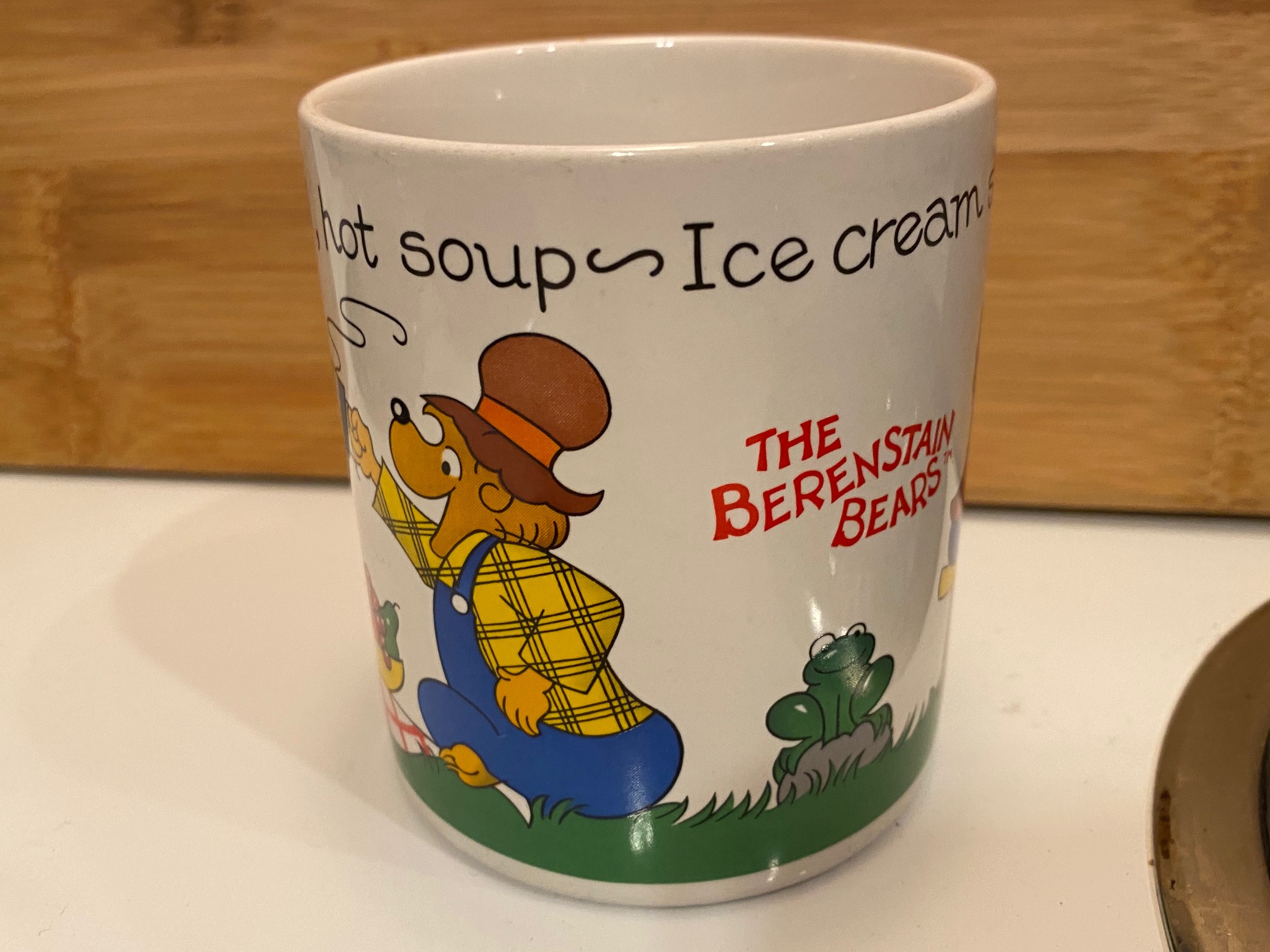
#LeadSafeMama
Never Miss an Important Article Again!
Join our Email List


